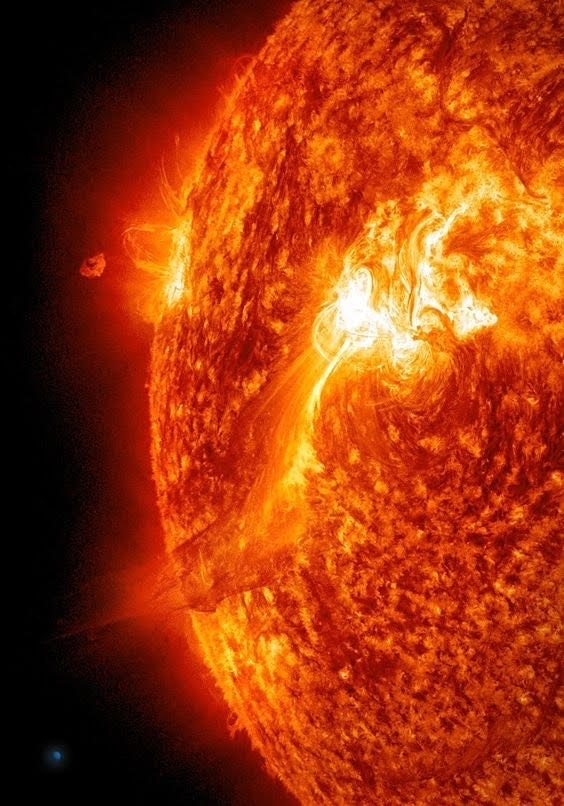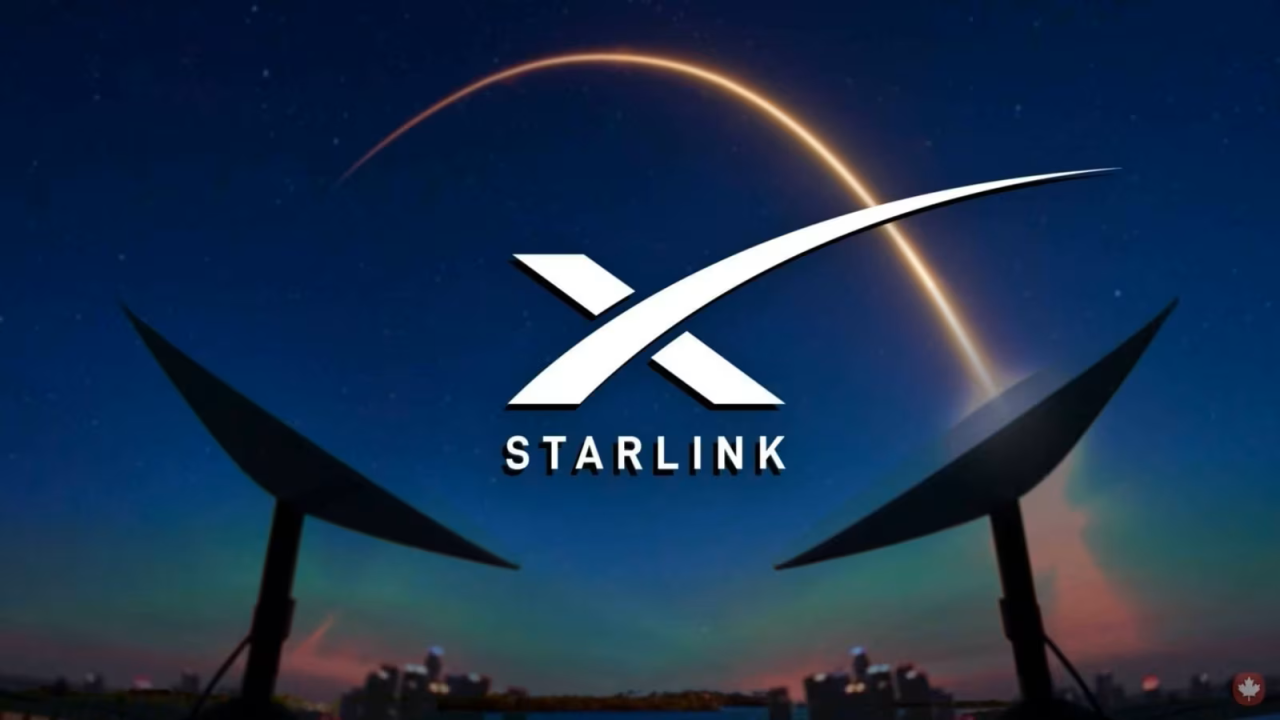
On Wednesday, a strong X-class solar flare crashed into the Earth, resulting in radio blackouts across much of the globe. You might anticipate that to happen once again since solar activity has increased in recent weeks.
On Wednesday, March 29, at 8:03 AM, the Sun released a strong solar flare, which was labeled as an X1.2 flare due to its intensity. The X-class rating indicates that it is the most powerful type of flare. This event was identified by NASA’s Solar Dynamics Observatory and originated from a sunspot region located on the central star of our solar system known as AR3256.Stanford University’s Solar Center has stated that X-class flares have the potential to cause radio blackouts across entire planets and can result in extended periods of radiation storms. According to an Insider report, this is precisely what occurred in regions of southeast Asia, Australia, and New Zealand.
Solar flares are categorized into four groups, namely B, C, M, and X, and are evaluated on a logarithmic scale, comparable to the Richter scale. For example, a C-class storm is ten times more powerful than a B-class storm, and so on. The X-class rating indicates the intensity of a solar flare, whereas the number following it denotes the strength of the flare on a more precise scale. Each class is then subdivided into nine sections, for example, X1 to X9. As a result, the X1.2 solar flare is not the most powerful that the Sun can produce. Nevertheless, it has already impacted technology systems in large portions of the globe. Solar activity has been on the rise in recent weeks, with our planet experiencing a potent solar storm on March 24. Very few space weather forecasters were able to predict it. According to the US Space Weather Prediction Center, this trend may persist, and they have issued a warning of potential solar storms for April 1, 2, and 3 in their 3-day weather forecasts.
The center has projected a 10 percent chance of an R3 impact on radio communication systems from a solar storm on April 1. This could result in a radio blackout lasting around an hour in the sunlit region during that time. On April 2 and April 3, the likelihood of an R1 blackout is only 1 percent. An R1 radio blackout would cause only a minor disruption of radio communications and occasional brief blackouts. However, space weather is highly unpredictable, and the NOAA has made erroneous predictions before.
Additionally, solar flares and storms do not always cause radio blackouts and confusion. On some occasions, they can enhance the beautiful auroras
For breaking news and live news updates, like us on Facebook fb.com/thevoiceofsikkim or follow us on Twitter twitter.com/thevoicesikkim and Instagram instagram.com/thevoiceofsikkim. Visit www.voiceofsikkim.com.






